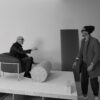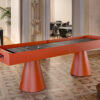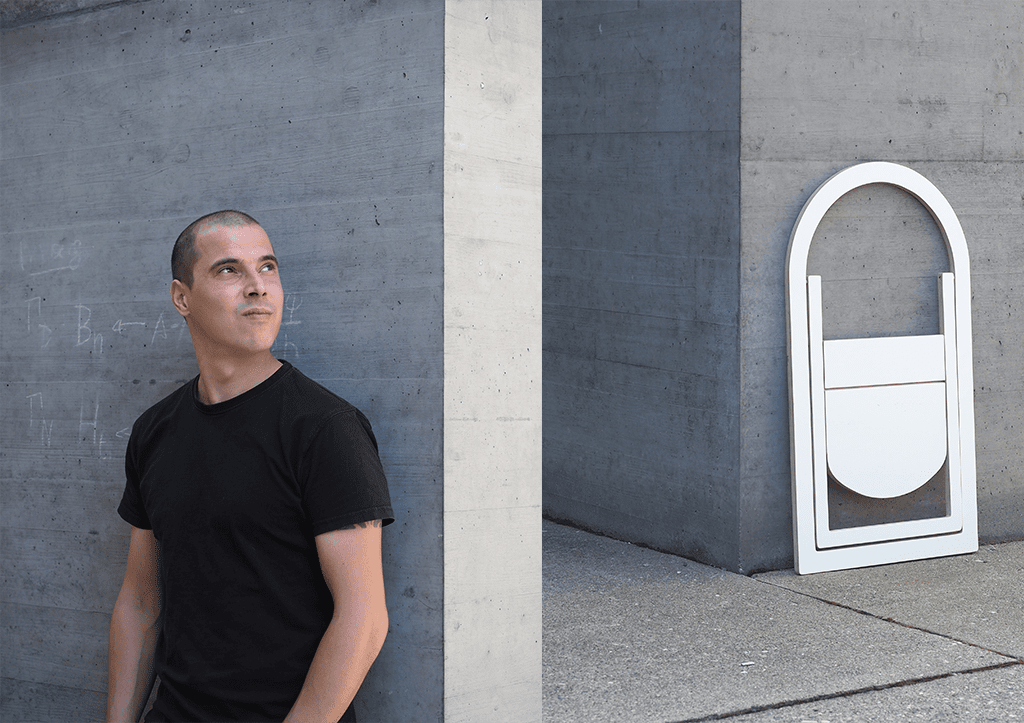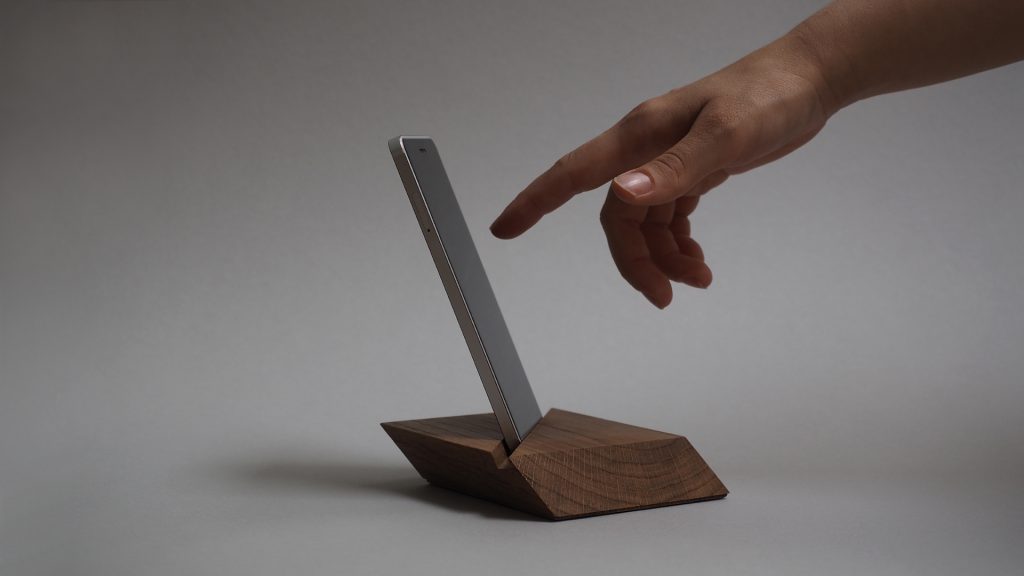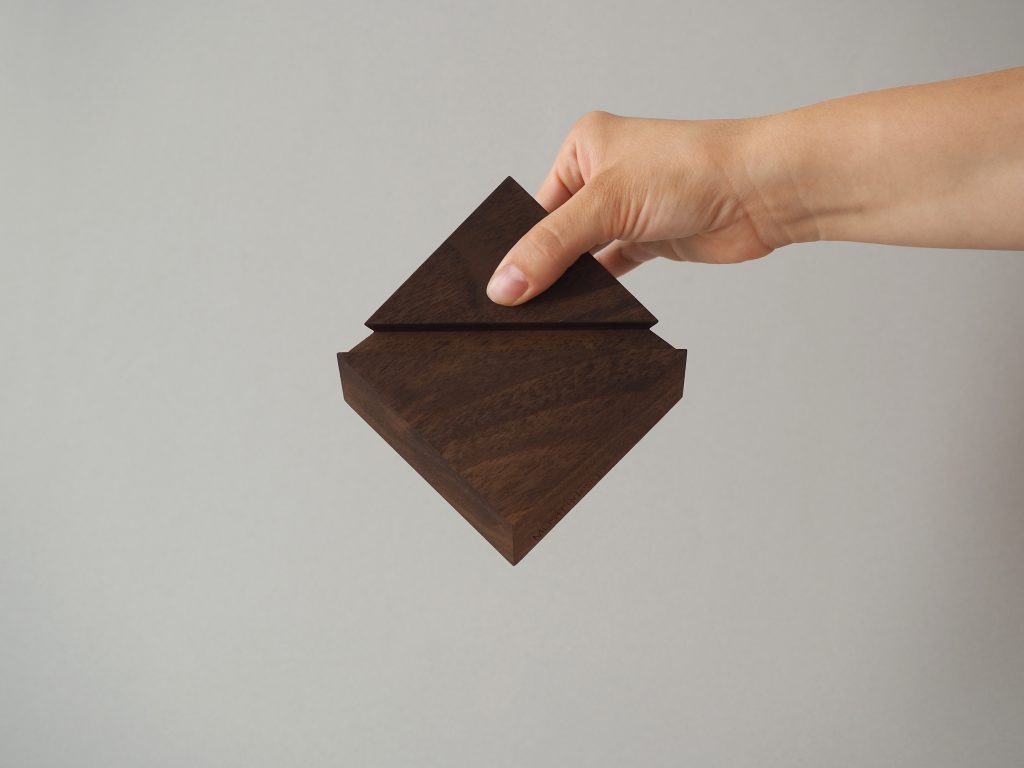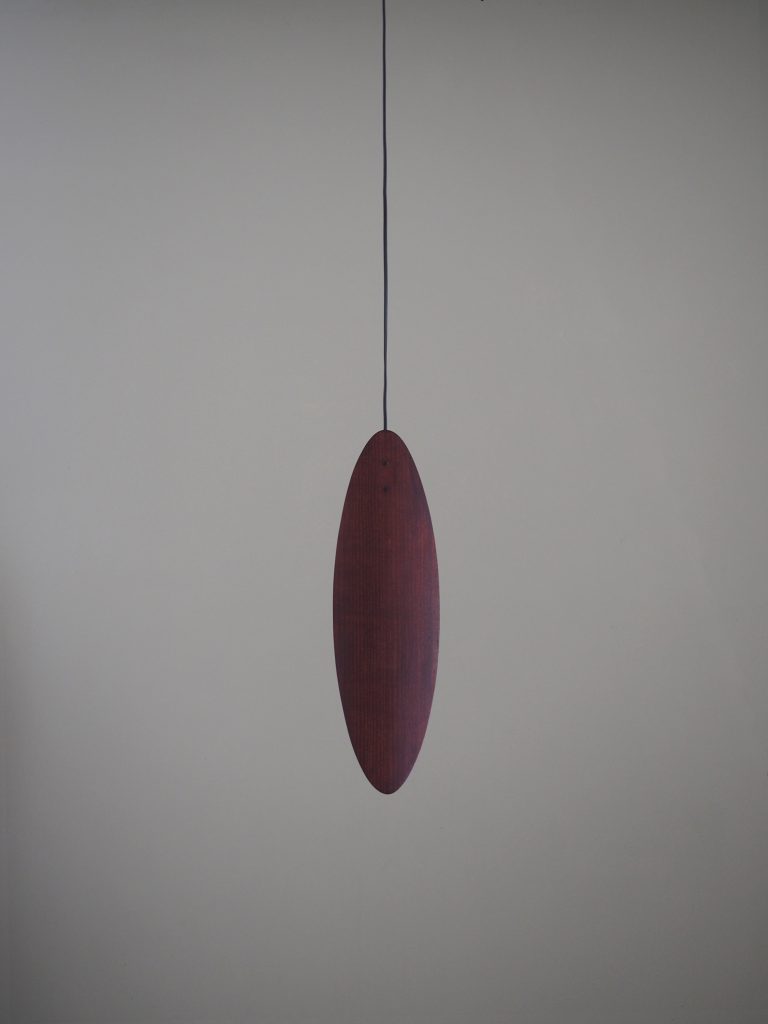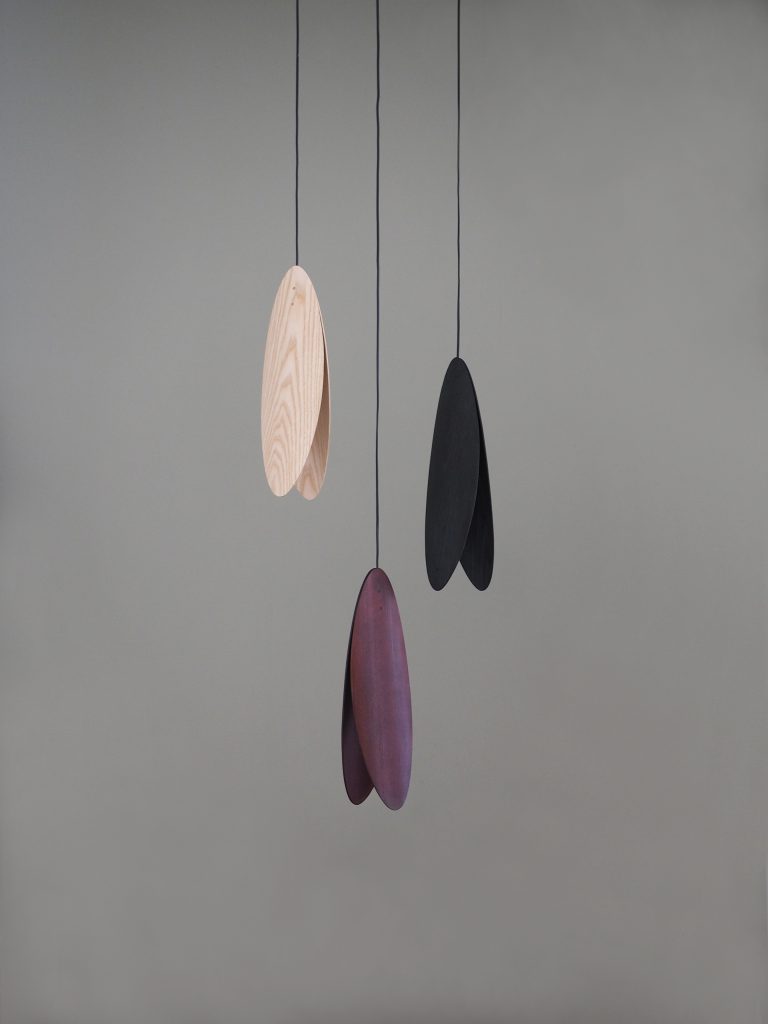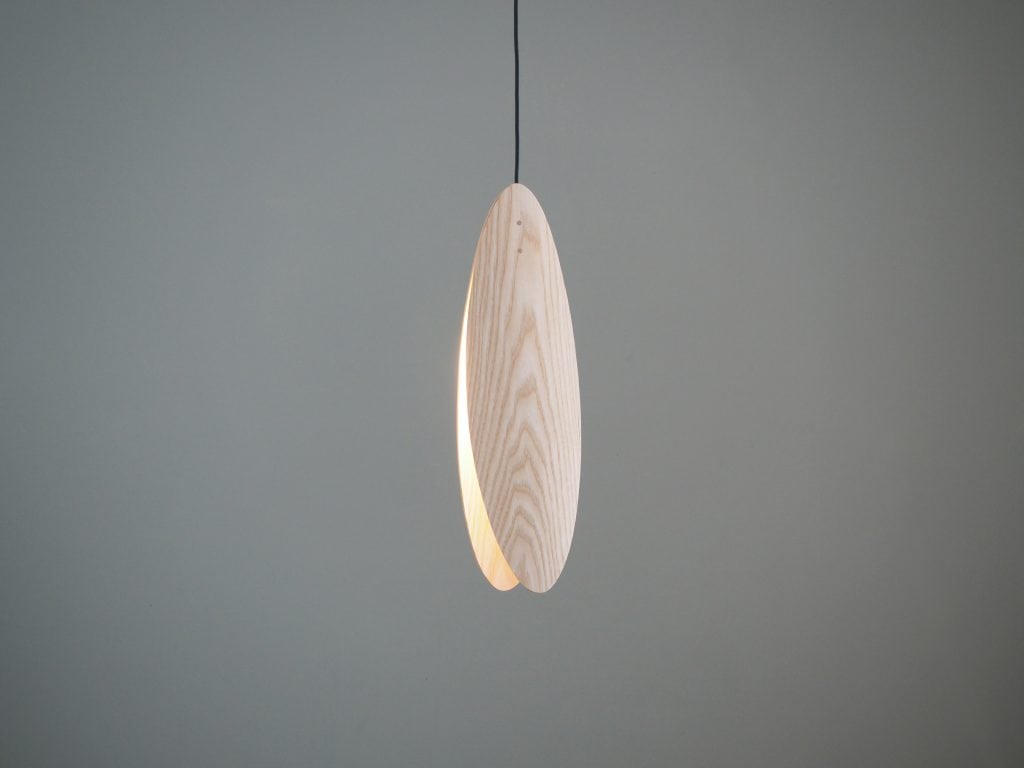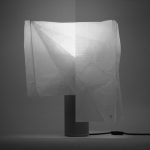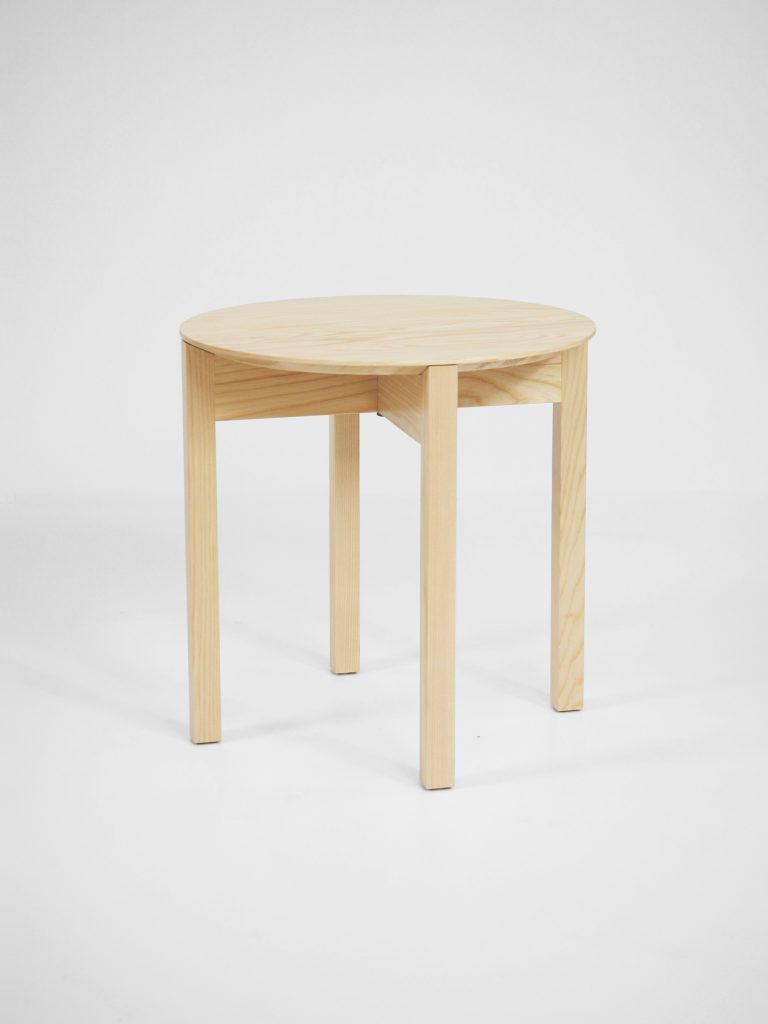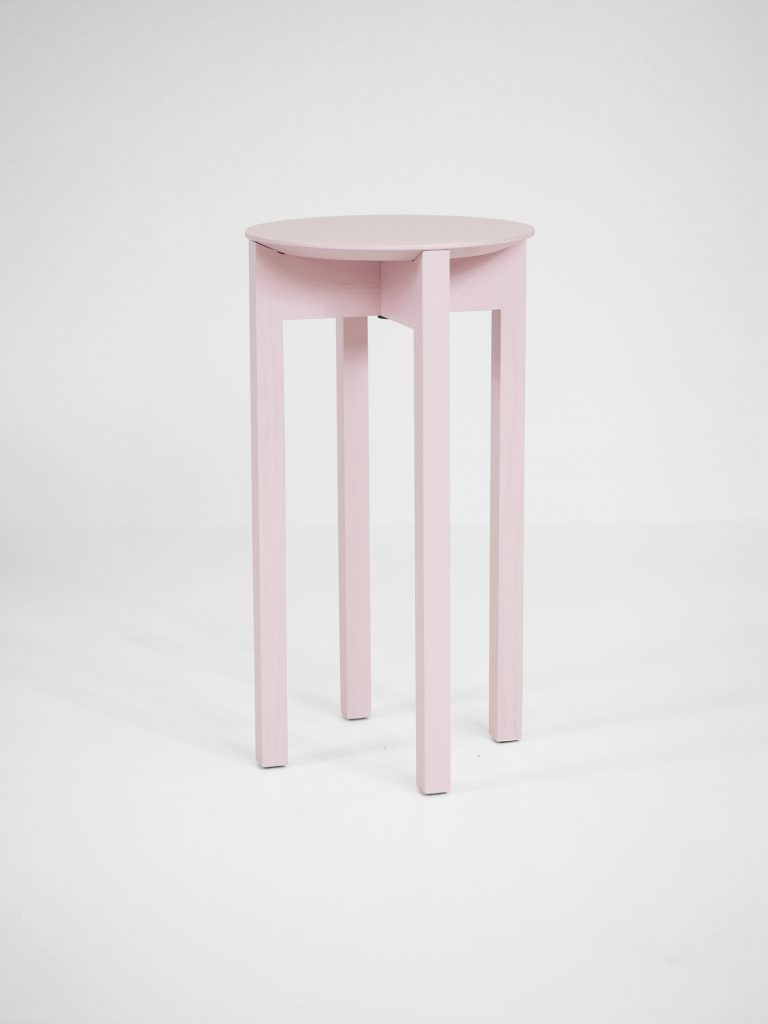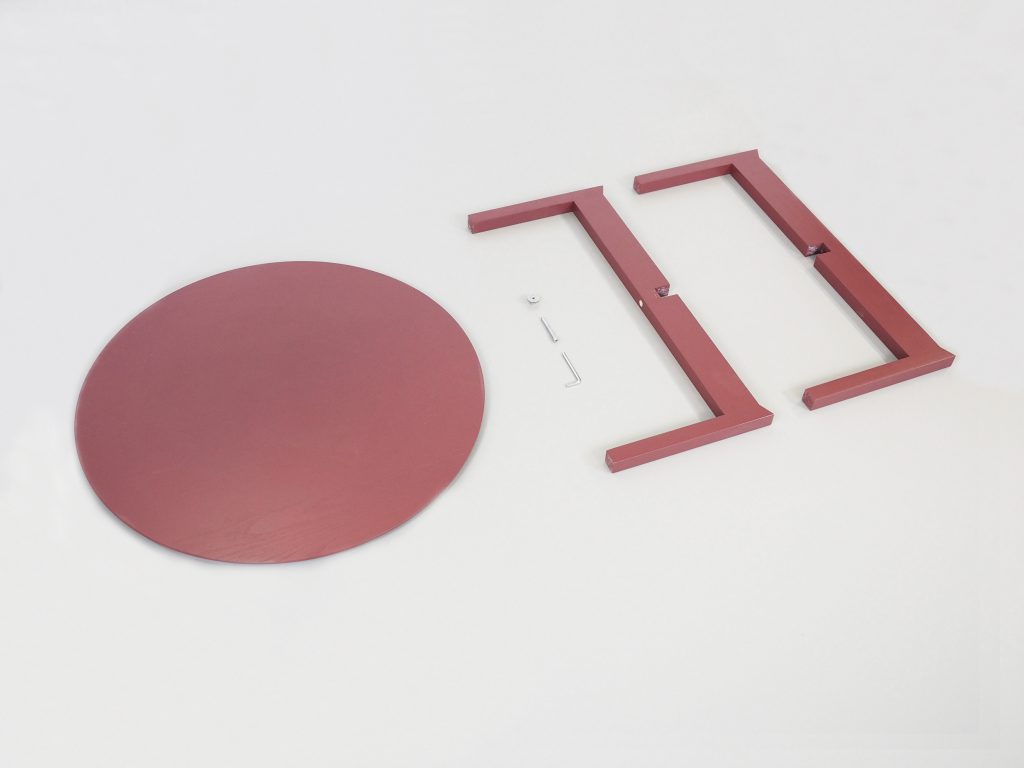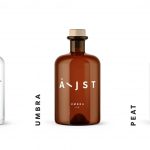Photos: Lukas Klingsbichel, Text: Nina Prehofer
Systematic, nalytical, focused. And mindful of feasibility. That’s how Graz-based product designer Lukas Klingsbichel describes his way of working. Because it’s only when something is really feasible that reality can be changed – and that’s what he’s interested in.
As a child or teenager, Lukas Klingsbichel had no idea what he actually wanted to be. He wasn’t seized by any classic job aspirations, and luckily there wasn’t any pressure to follow a particular direction. But there was one thing he had always done: design things.
I created street art, and even music. The creative activity was always with me, and this urge to be creative has never gone away, nor has it got any quieter,
explains Lukas Klingsbichel.
Quite the opposite. The urge became stronger and stronger, and at some point, one thing led to another and as a young man he moved into the furniture sector. “I originally learned joinery skills, but that didn’t make the most of my capacity to be creative. For the people doing the making, there usually remains little to no room to introduce any creativity, you’re just a pair of hands. Quite soon that wasn’t enough for me.” Following the thorough technical training, he therefore took the decision to embark on a qualification in interior design in Austria, and subsequently completed his master’s. He then went straight to London. His target was a large interior design firm.
“The company appealed to me because of its large projects. We even worked on the most expensive building in the world, the luxury One Hyde Park development, which later became home to Arab sheikhs and oligarchs.” But even working there didn’t quite hit the spot, as once again, technical development was the focus of interior design projects, less so the design.
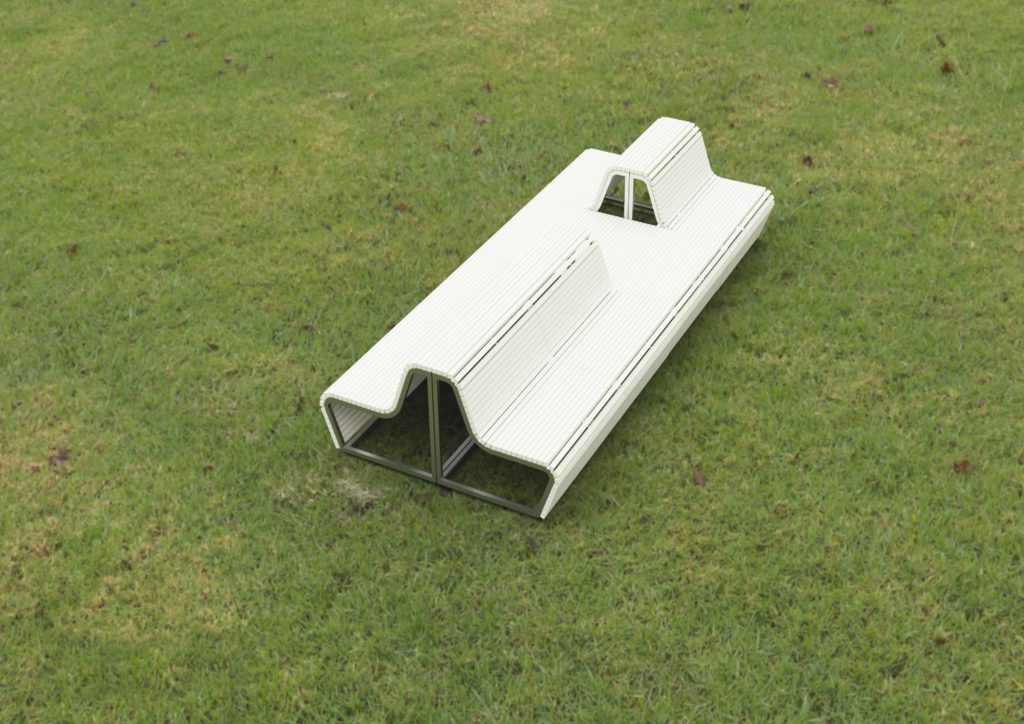
I perfectly mastered the technical foundations of furniture design, and I didn’t see why I shouldn’t also design it.
And so he went back to Graz, as well as for family reasons, in order to lay the foundations for the future: Lukas Klingsbichel established his own product design studio.
The 10 most important questions the product designer asks himself about his work:
1. With this product, what advantages will the manufacturer or the brand have over their competitors?
2. Which manufacturing technologies are used and what are the resulting opportunities and limitations for the manufacturers’ products?
3. How do the shapes affect the observer? What associations are triggered?
4. How can costs be controlled during the design stage and influence greater efficiency?
5. How can materials and effort be saved through the design?
6. What do today’s end consumers expect from a product in the relevant segment?
7. What do other products in the segment do right and wrong?
8. How can the design help the end consumer develop a long-lasting relationship with the product?
9. What are the current challenges, and what can we learn from the past in order to find a solution for the future?
10. What is the future of consumerism, manufacturing and logistics?
Shaped by aesthetics
For Lukas Klingsbichel, an object has value when it uses not a scrap of material too much, and every material in the object performs a function. It has to justify itself and therefore be understandable to the user. “Careful use of materials and meaningfulness are important to me. Practical value is also vital: how well does something fulfil the task it was designed to do? Behind the simplest designs is often the greatest ingenuity, and that’s where the value lies for me.”
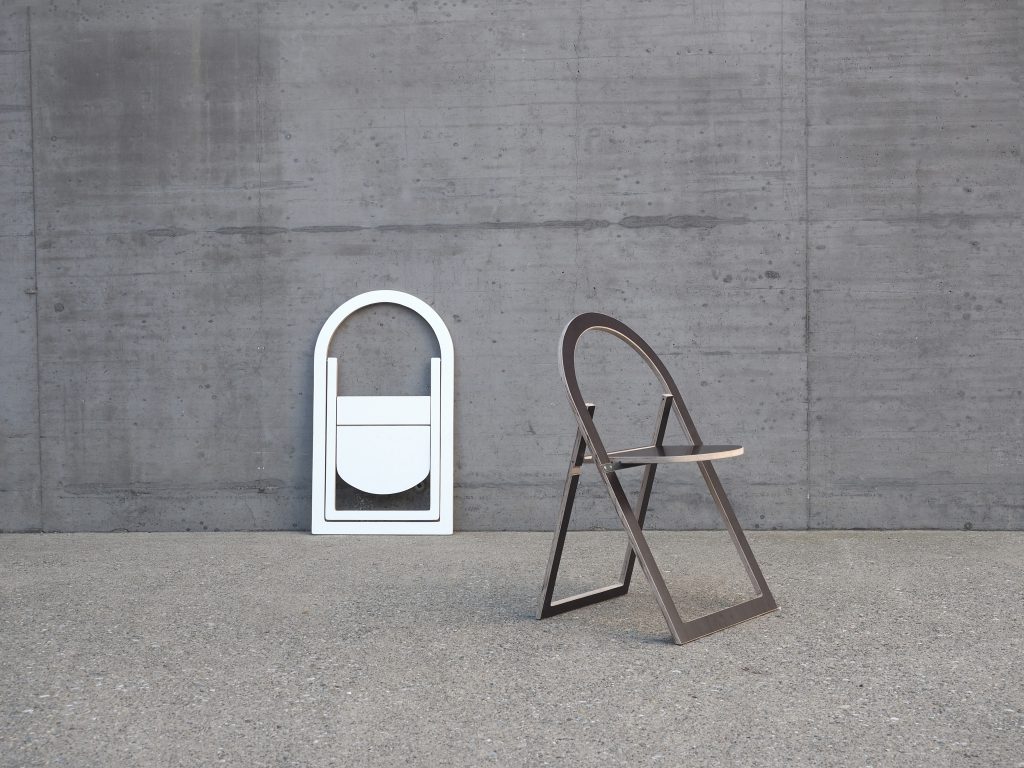
He himself enjoys dealing with other people’s solutions and analysing how a problem has been solved. Learning from others has shaped him, as “anyone can be your teacher”. The product designer is heavily influenced by the work of Josef Hoffmann, which still to this day has a timeless quality that he finds fascinating.
What is beautiful will always be beautiful.
Furthermore, “It’s the ultimate proof that good work retains its validity even after 120 years. It has nothing to do with trends, you can learn that from Hoffmann.”
In response to the question as to which piece of furniture he likes designing and making the most, he replies: “Tables – they’re much easier than armchairs, which are notoriously complicated. I like tables because they allow a lot of creative freedom, and a beautiful table in the right place is worth its weight in gold. I’m actually working on an armchair at the moment and it’s been a real challenge – both in terms of technology and design. Beauty is universal and shouldn’t be underplayed.”
Only when something is really feasible can reality be changed.
Lukas Klingsbichel
The beauty of working with wood is… when it’s over
Lukas Klingsbichel wants his objects and furniture to be appreciated in a holistic way. You should live with, engage with and test them in real-life situations, as only then can you draw conclusions about what you’ve experienced. Despite his joinery training, Klingsbichel doesn’t automatically turn to wood. “I don’t have any preferences in terms of materials. The choice of materials is determined by the purpose – you need to find one or more materials that best fulfil the purpose. That’s part of my job.” His memories of working with wood are of hard physical graft that may make you muscular, strong and fit, but which also implies great strain.
The beauty of working with wood is when it’s over – when the piece you’re working on is finished and it works. Many people pick up wooden items and admire the beautiful material, but what they should be saying is ‘What beautiful craftsmanship!’
He chooses to use natural materials for both himself and his surroundings. “There was no plastic in the world 120 years ago, but it was still possible to make lamp holders and cable. You can take a lot of inspiration from this. How can we avoid microplastics? By avoiding using plastic in the first place. That’s the best prevention.” In his opinion, it’s time and capitalism that are attempting to justify the use of plastic. It’s fast and cheap, but it’s not an option for him.
Being plastic-free is my selling point.
The product designer is currently working on various projects, for example outdoor furniture for the Hochreiter eco-park, the foundation and development of a brand in the streetwear sector, and a folding chair and its manufacture.
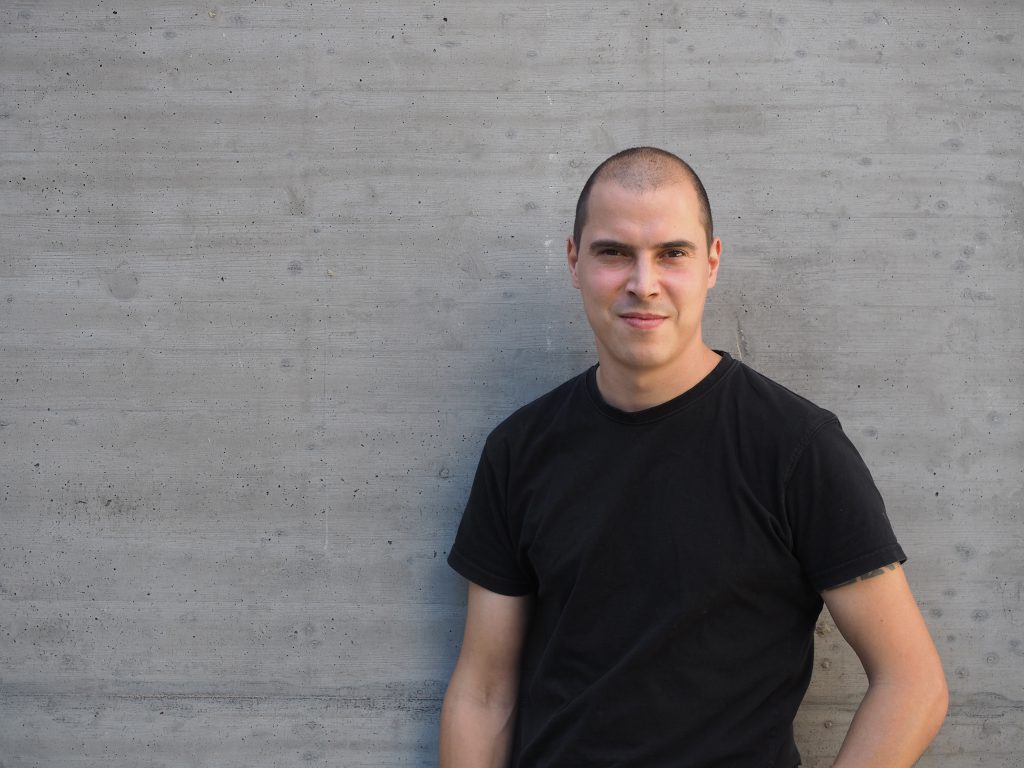
Every word is important, because words allow you to choose who you reach.
He sees his job as clients coming to him because they have a problem that they need to find a solution for, and him looking into all of the solutions already available and considering why they don’t work. That’s what he builds his own solution on, resulting in a new, improved product. Because of this, his way of working is systematic, analytical, focused and mindful of feasibility. The ongoing pursuit of perpetual improvement. Always curious, always considered. Just like his choice of words in our conversation and how he presents himself: “Every word is important, how you express it, because words allow you to choose who you reach.”


